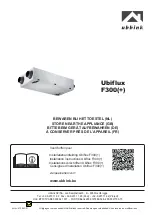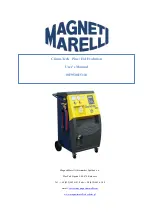
44
Issue
Porosity - small cavities or
holes resulting from gas
pockets in weld metal
Wire stubbing during
welding
Lack of Fusion − failure of
weld metal to fuse
completely with base metal
or a proceeding weld bead
Excessive Penetration −
weld metal melting through
base meta
Lack of Penetration −
shallow fusion between
weld metal and base metal
Possible Reason
• Gas nozzle clogged with
spatter, worn or out of shape
• Missing or damaged gas
diffuser
• MIG torch euro connect
O-Ring missing or damaged
• Holding the torch too far away
• Welding voltage set too low
• Wire speed set too high
• Contaminated base metal
• Not enough heat input
• Improper welding technique
• Too much heat
Poor in incorrect joint
preparation
• Not enough heat input
• Contaminated base metal
Suggested Remedy
• Clean or replace the gas nozzle
• Replace the gas diffuser
• Check and replace the O-Ring
• Bring the torch closer to the work and
maintain stick out of 5-10mm
• Increase the voltage
• Decrease the wire feed speed
• Remove materials like paint, grease, oil, and
dirt, including mill scale from base metal
• Select a higher voltage range and /or adjust
the wire speed to suit
Keep the arc at the leading edge of the weld
pool. Gun angle to work should be between 5 &
15° Direct the arc at the weld joint
Adjust work angle or widen groove to access
bottom during welding, Momentarily hold arc on
side walls if using weaving technique
• Select a lower voltage range and /or adjust
the wire speed to suit Increase travel speed
• Material too thick. Joint preparation and
design needs to allow access to bottom of
groove while maintaining proper welding wire
extension and arc characteristics Keep the arc
at the leading edge of the weld pool and
maintain the gun angle at 5 & 15° keeping the
stick out between 5-10mm
• Select a higher voltage range and /or adjust
the wire speed to suit Reduce travel speed
• Remove materials like paint, grease, oil, and
dirt, including mill scale from base metal
TROUBLE SHOOTING - CONTINUED





































